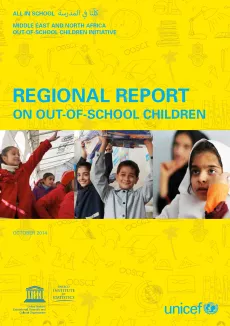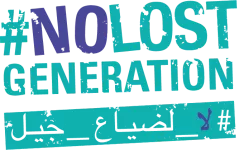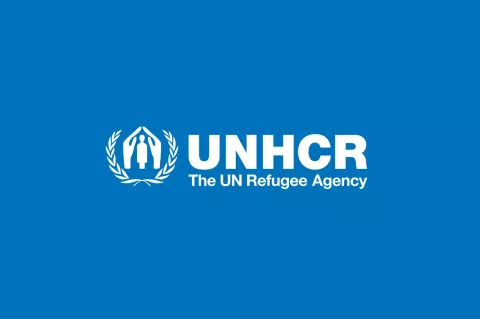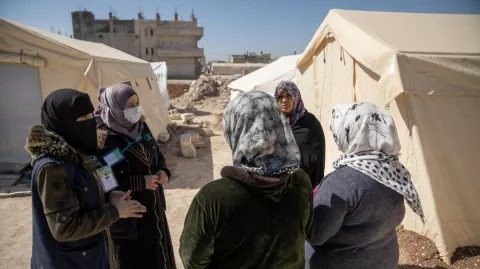Regional report on out-of-school children
The UNESCO Institute of Statistics and UNICEF MENA
Highlights
The Middle East and North Africa (MENA) Regional Report is part of the Global Out-of-School Children Initiative (OOSCI), launched by the United Nations Children’s Fund (UNICEF) and the UNESCO Institute for Statistics (UIS) in 2010. The overall objectives of the Initiative are to: improve the statistical information and analysis on out-of-school children; identify and analyse the barriers that contribute to exclusion from education; analyse existing policies and strategies related to enhanced school participation.
The Regional Report bases its analysis of the problem of out-of-school children on the model developed by the Initiative, the so-called Five Dimensions of Exclusion Model. The model works with five main target groups: dimensions 1, 2 and 3 include children who are not participating in formal education in three age groups: pre-primary, primary and lower secondary age; and dimensions 4 and 5 include children who are enrolled in primary or lower secondary education respectively but who are at risk of dropping out.
The report builds on nine recent national studies on out-of-school children in MENA: Algeria, Djibouti, Egypt, Iraq, Jordan, Morocco, Sudan, Tunisia and Yemen, by bringing in analysis and key findings on profiles as well as barriers and policy responses from these studies.





